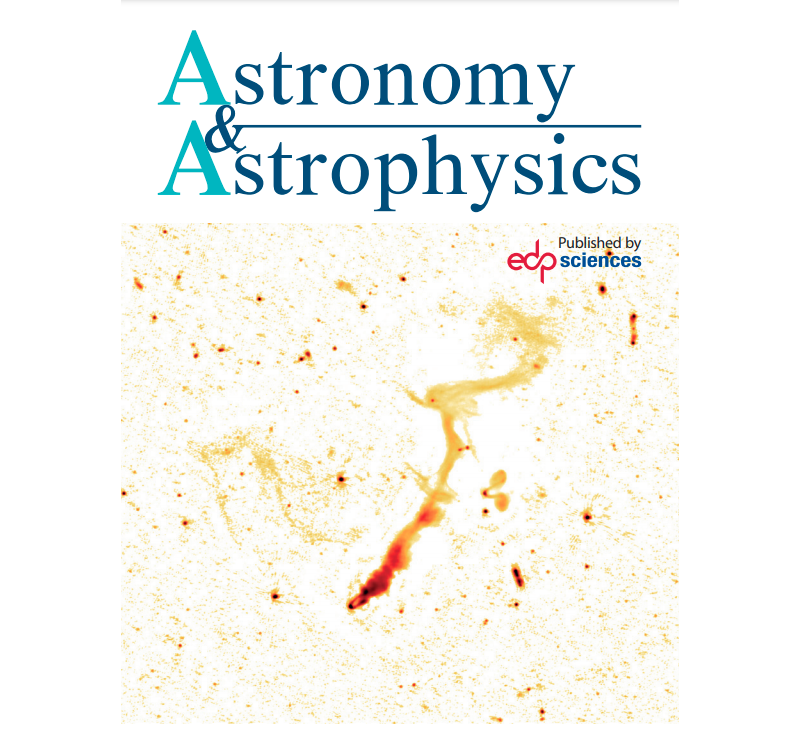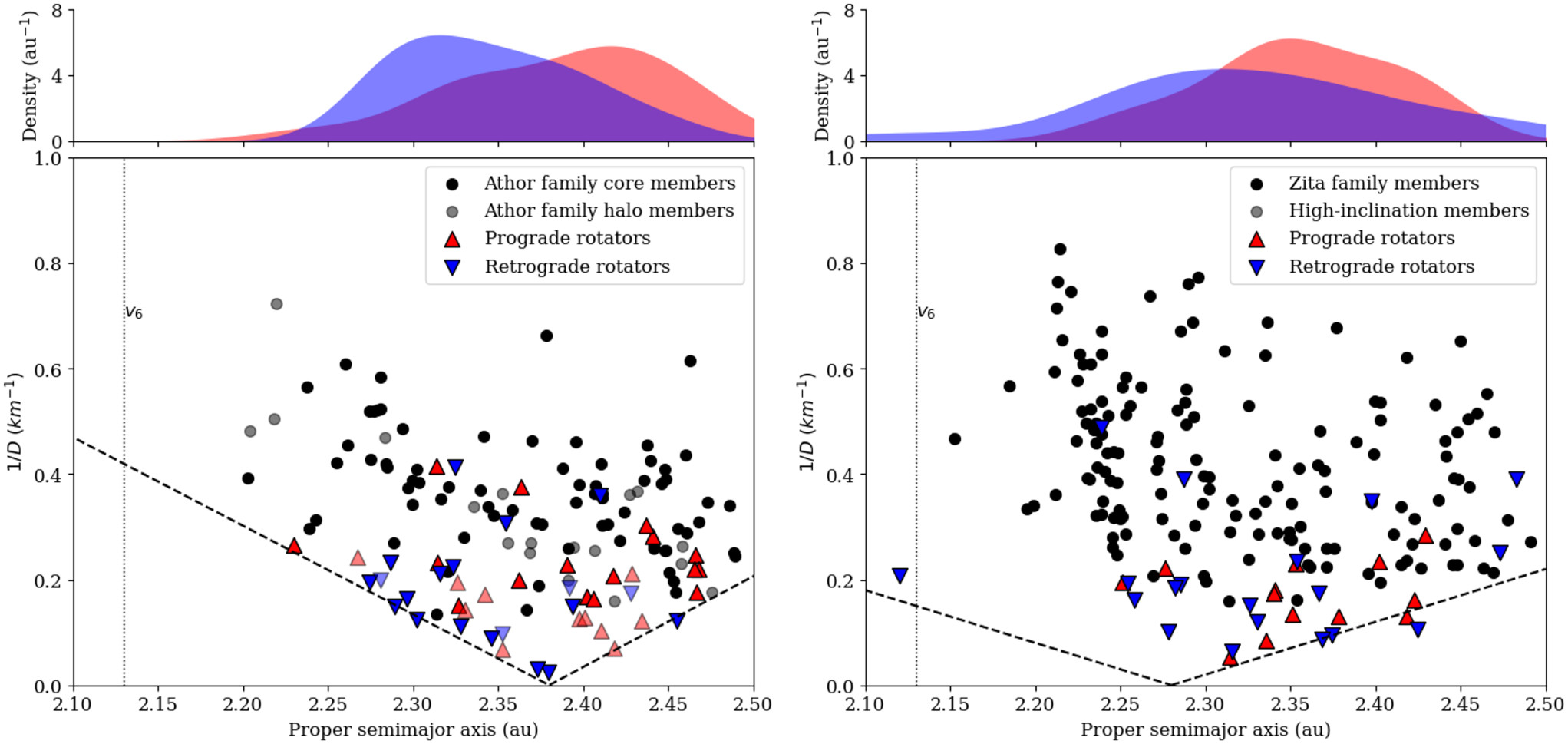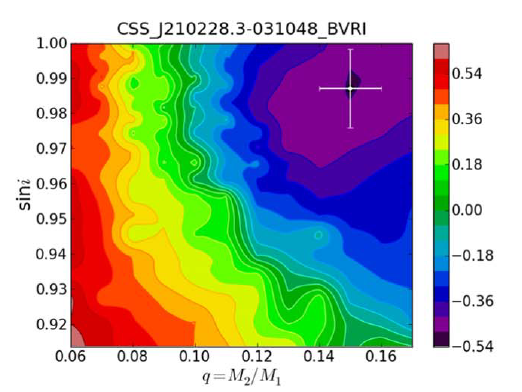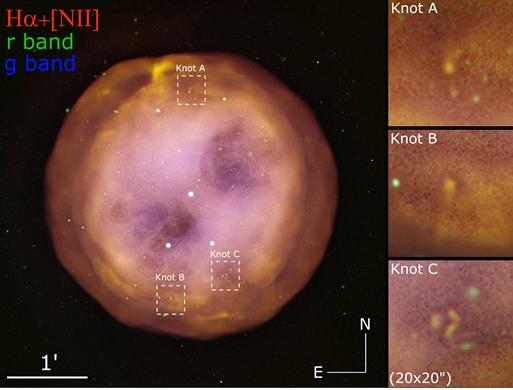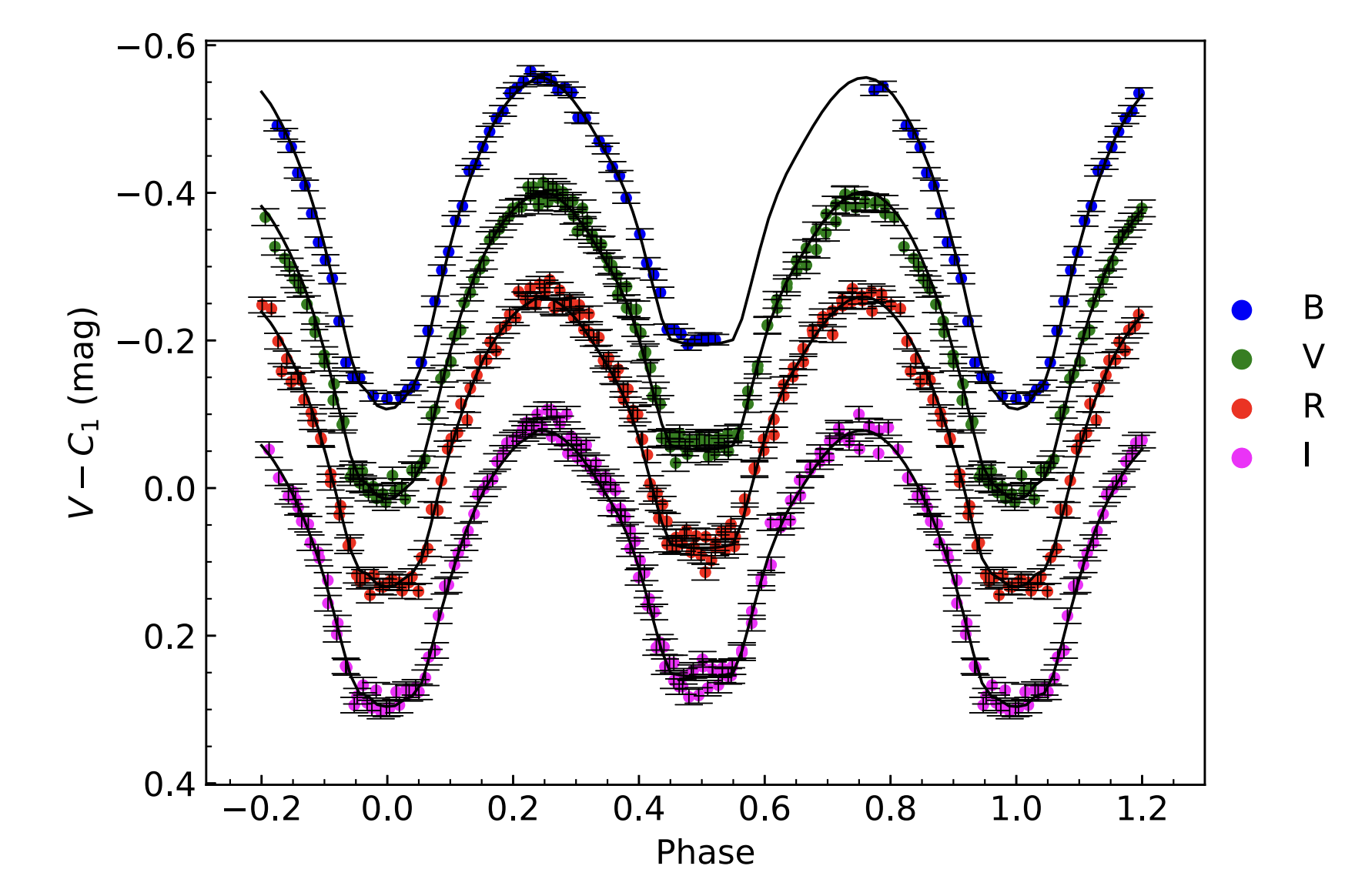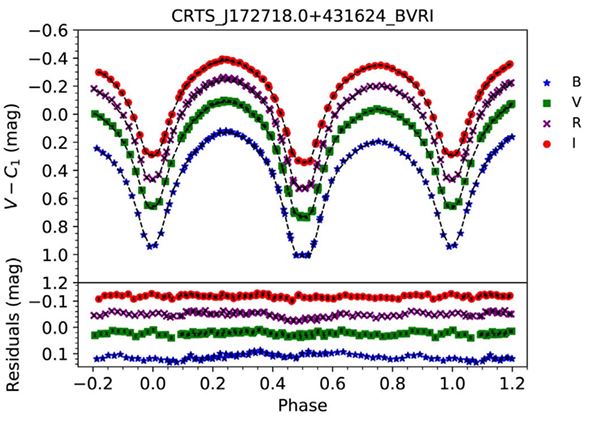Asteroseismology of two Kepler detached eclipsing binaries
A. Liakos
A&A, 642 (2020) A91
Published online: 09 October 2020
DOI: 10.1051/0004-6361/202038065
Abstract
The present work contains light curve, spectroscopic, and asteroseismic analyses for KIC 04851217 and KIC 10686876. These systems are detached eclipsing binaries hosting a pulsating component of δ Scuti type and have been observed with the unprecedented accuracy of the Kepler space telescope. Using ground-based spectroscopic observations, the spectral types of the primary components of the systems were estimated as A6V and A5V for KIC 04851217 and KIC 10686876, respectively, with an uncertainty of one subclass. The present spectral classification, together with literature radial velocity curves, were used to model the light curves of the systems and, therefore, to calculate the absolute parameters of their components with a higher degree of certainty. The photometric data were analysed using standard eclipsing binary modeling techniques, while their residuals were further analysed using Fourier transformation techniques to extract the pulsation frequencies of their host δ Scuti stars. The oscillation modes of the independent frequencies were identified using theoretical models of δ Scuti stars. The distances of the systems were calculated using the relation between the luminosity and the pulsation period for δ Scuti stars. Here, the physical and the oscillation properties of the pulsating components of these systems are discussed and compared with others of the same type. Moreover, using all the currently known cases of δ Scuti stars in detached binaries, updated correlations between orbital and dominant pulsation periods and between log g and pulsation periods are derived. It can concluded that the proximity of the companion plays significant role in the evolution of the pulsational frequencies.

